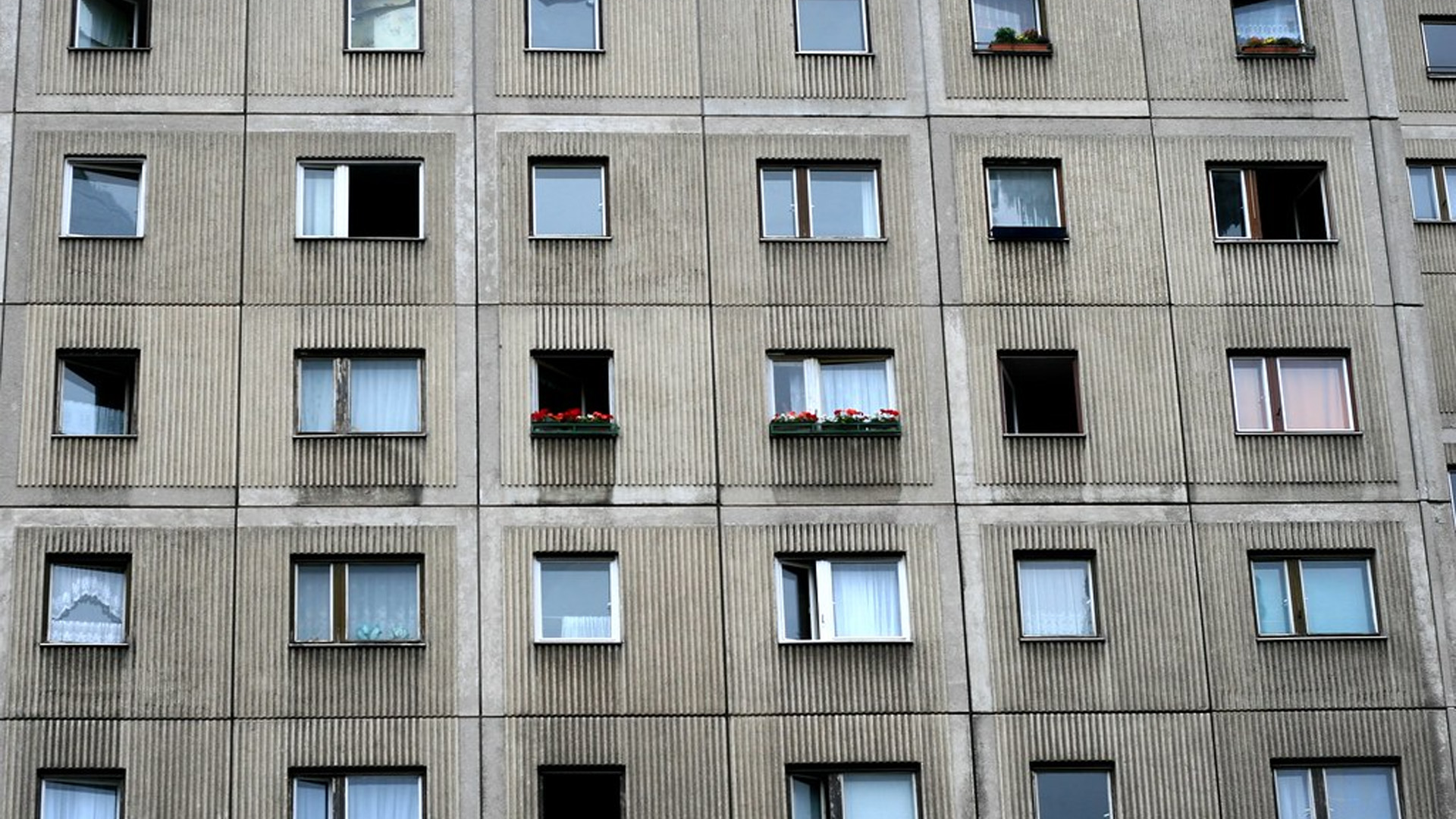Uniform Plattenbau blocks reveal how state-directed design limited individual and creative expression. Societies that control creativity risk stagnation. Photo via Flickr
How East Germany Censored Itself to Death
From 1949 to 1989, East Germany controlled every aspect of creative expression. Writers needed permits. Musicians could only perform approved songs. Rock music was banned as Western decadence. Folk music served socialist education.
The Ministry of Culture Control
Writers like Christa Wolf faced constant surveillance. Musicians submitted lyrics for approval. Many artists fled rather than create propaganda. State-sanctioned culture replaced authentic expression.
When Art Becomes Advertisement
East German authorities misunderstood how culture and innovation work. Art processes change, experiments with ideas and builds adaptability. Controlling it shut down society’s cultural immune system.
The Price of Controlled Expression
By the 1970s and 80s, East Germany was falling behind West Germany in almost every measure of social and economic vitality. While West German culture was vibrant and internationally influential, East German culture had become a museum of socialist ideology.
East German streetscapes became dominated by Plattenbau apartment blocks, symbols of a culture where conformity was prized over imagination. Young people, hungry for authentic expression, turned to smuggled Western music and underground art scenes.
Keep creativity alive. Share your unfiltered work, join communities that amplify creative freedom, and resist self-censorship. Every authentic expression strengthens the culture’s ability to survive and thrive.
Randall White
Abbetuck
Further Reading
Voices of Dissent (MoMA)
An inside look at GDR artists who resisted, subverted, and survived censorship through underground creativity.
Read the Complete “When Art Dies…” Series
- When China’s Poets Went Silent
- The Purity Police of Victorian England
- Franco’s Spain: When Music Died




No responses yet